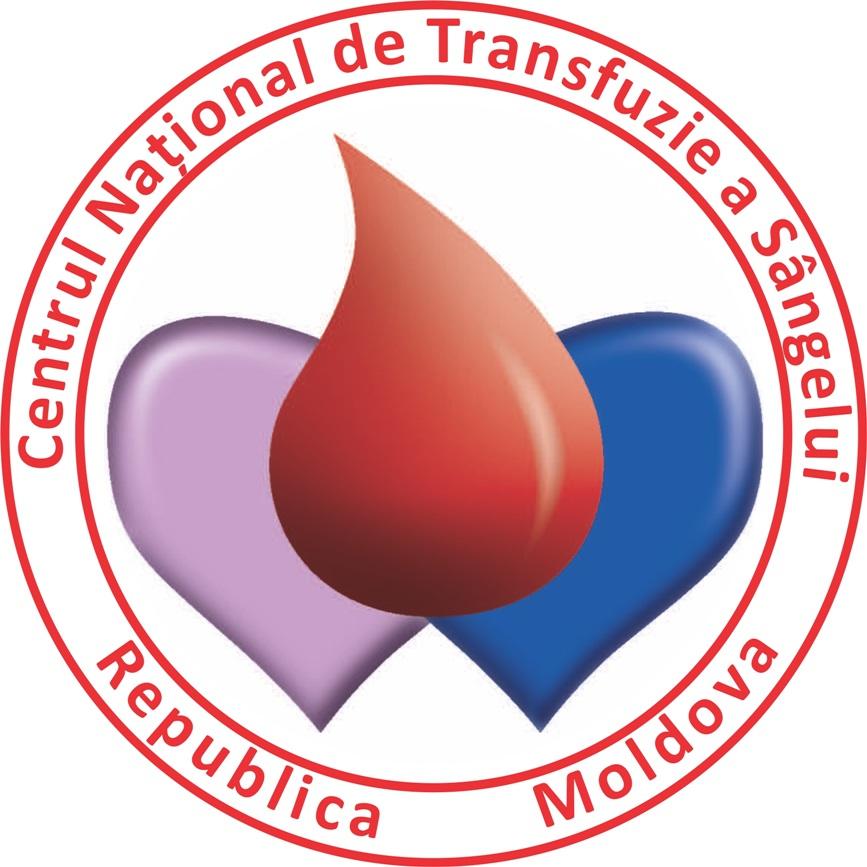Blood groups were discovered in 1900
The Austrian-born American pathologist and immunologist Karl Landsteiner discovered three types of human blood in 1900, later named A, B and O. In 1902 he also discovered type number four, which was named AB.
Karl Landsteiner won the NOBEL Prize for Medicine in 1930. He discovered the four major blood groups.
Although all human blood looks the same, when tested using special substances, the differences become visible. The main groups of red blood cells are AII, BIII, ABIV, and OI. The letters symbolise two antigens (substances that can be attacked by the immune system) called A and B.
- Blood group A has only antigen A
- Blood group B, has only antigen B
- Group AB has both
- Group O has neither
Humans have different protein structures (antigens) on the surface of their red blood cells that determine both the blood group and the Rh of the individual.Blood groups further classified as Rh-positive and Rh-negative are called blood types.
Each blood type can be Rh positive or Rh negative. Rh is determined by another protein, the Rh factor (D antigen). If this factor is present on the surface of the red blood cells the person is Rh positive, if not, the person is Rh negative.
Blood inheritance
Like eye colour, blood groups are genetically inherited from parents to children. Whichever blood group you have A, B, AB or O is based on the blood groups of your mother and father.
Note: Testing difficulties may cause exceptions to the above rules. Only types AB and O are not sufficient to prove or deny paternity or maternity.
| Parent 1 | A B | A B | A B | A B | B | A | A | A | O | O | O |
|---|---|---|---|---|---|---|---|---|---|---|---|
| Parent 2 | A B | B | A | O | B | B | B | A | B | A | O |
| Possible blood group of the child | O | V | V | V | V | V | V | ||||
| A | V | V | V | V | V | V | V | ||||
| B | V | V | V | V | V | V | V | ||||
| A B | V | V | V | V |

